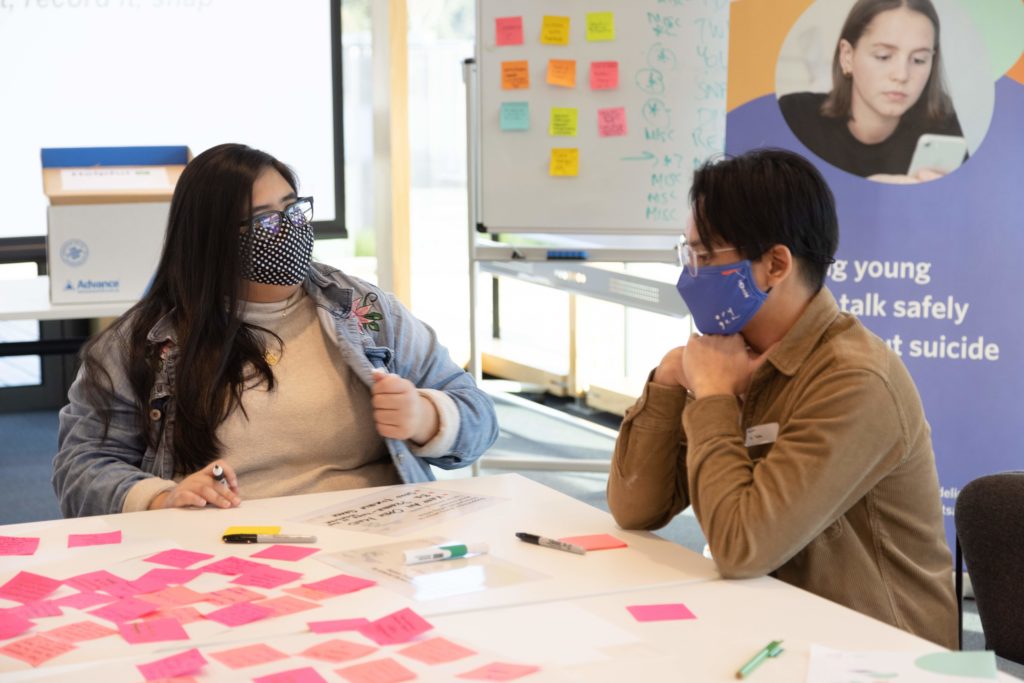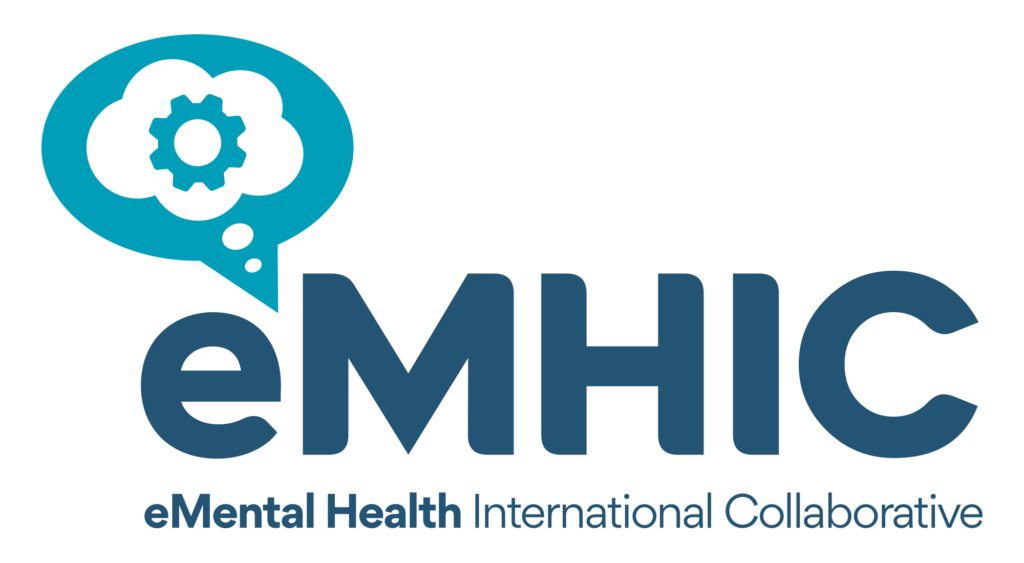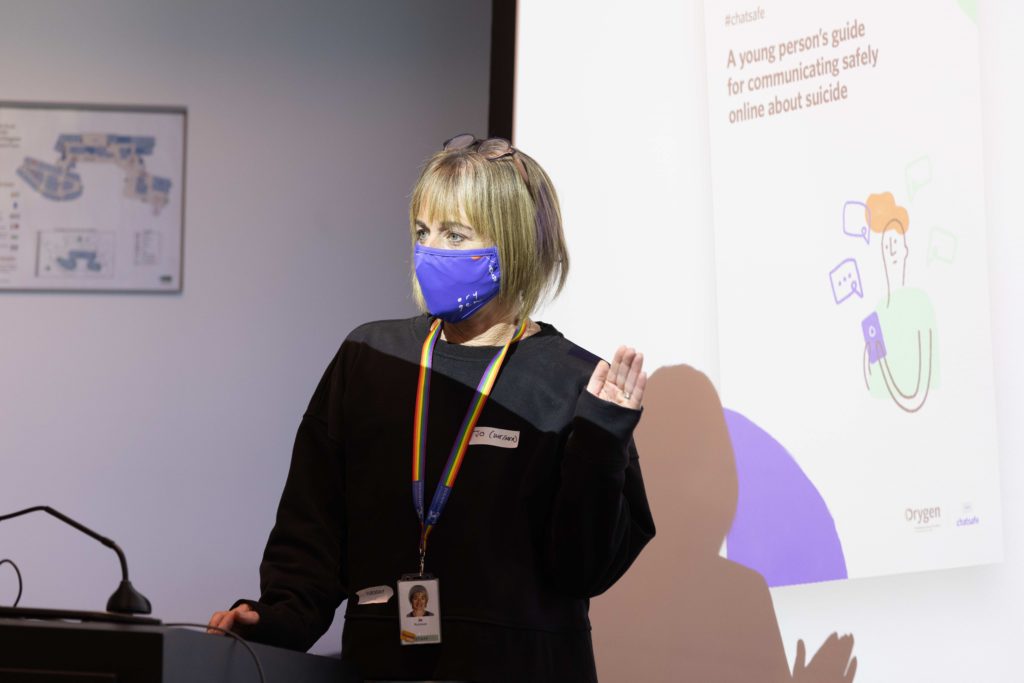Like it or not, young people use social media all the time to talk about suicide-related thoughts, feelings and behaviours, says creator of #chatsafe, Orygen’s Head of Suicide Prevention Research, Associate Professor Jo Robinson.
“It’s really challenging, because although young people don’t do that with any intent to cause harm or distress to others, we know that certain types of communication about suicide can lead to contagion or copycat-type instances,” said the winner of an eMHIC 2021 Leadership Excellence International Award.
“So rather than to take the view that you shouldn’t talk about suicide on social media, we decided that it was important to develop some safety guidelines for young people who are talking online about this topic.”
Orygen is Australia’s leading youth mental health not-for-profit and home to the world’s largest youth mental health research institute. Its clinical care, research, training, policy reform and advocacy work is dedicated to positive change for 12 to 25 year olds with mental ill-health.
The #chatsafe guidelines were launched in 2018, becoming the world’s first evidence-informed guidelines designed to directly support young people to communicate safely on social media about suicide.
The guidelines provide support to young people who might be responding to suicide-related content posted by others, or for those who might want to share their own feelings and experiences with suicidal thoughts, feelings or behaviours. The guidelines also provide practical assistance to parents, educators, and those who provide support to young people engaging in online activities.
The eMHIC award citation recognised Associate Professor Robinson’s commitment to genuine collaboration and co-design with young people; and partnerships with media organisations, health sector experts and policy makers.
Global expansion
Initially the guidelines were available to download as a .pdf booklet, but since 2018 the guidelines have evolved into an online platform, a social media campaign, and have been developed into local languages for young people in Brazil, Finland, Hong Kong, Mexico, Nigeria, Norway, South Korea, Singapore, Sweden and the United Kingdom.
Associate Professor Robinson said Facebook funding to translate the guidelines into multiple languages in 2020 was a massive coup. Links to the guidelines are also now included in the Facebook and Instagram safety centre, making them available to billions of social media users across the globe.
“Having Facebook partner with us on the globalisation of the #chatsafe guidelines meant that we were able to provide information to young people all across the world,” Associate Professor Robinson said.
“I think a challenge is really addressing the complexity of suicide particularly across different parts of the world where suicide is still heavily stigmatised, but that just speaks even more to the importance of the issue.”
The importance of co-creation
Associate Professor Robinson said the success of the #chatsafe guidelines had been driven by a team of researchers, clinicians, web designers and communications professionals. The most important partners, however, have been young people.
“Young people have been at the front and centre of everything we do at #chatsafe. They are the experts in their own lives, and that is why we have partnered with young people at every step along the way,” Associate Professor Robinson said.
“We feel that meaningful engagement with young people is a really important piece of the puzzle, because it helps ensure that what we are doing with #chatsafe really responds to the unique and changing needs of young people, across a whole range of diverse communities.
“What we have done is show that it is safe, and important, to include young people in the suicide prevention initiatives that are intended to help them, and we hope that this sets a precedent for their involvement in other suicide prevention activities down the track.”

What’s next for #chatsafe?
The next step for #chatsafe is an update of the guidelines to bring them in line with the needs and expectations of young people today, and to expand them to include guidance on communicating safely online about self-harm.
“The update will involve two expert panels: one made up of young people, and one made up of academics and communications professionals.” Associate Professor Robinson said.
“Social media is such a rapidly evolving landscape, so it is important that we continue to update the guidelines so that they best reflect what young people are posting and seeing online. We also need to consider what platforms they are using, and how they are using them.
“The new #chatsafe guidelines will be created by mid-2022, and we will be recruiting young people to evaluate a new social media campaign in the later half of 2022 as well.”
The guidelines are also being adapted into a program for high school students, which will include the creation, sharing, and evaluation of a suicide prevention social media campaign for young people aged 13 to 17.
You can find out more about the research behind the #chatsafe guidelines here.
Development of the #chatsafe guidelines was funded by the Australian Government under the National Suicide Prevention Leadership and Support Program




